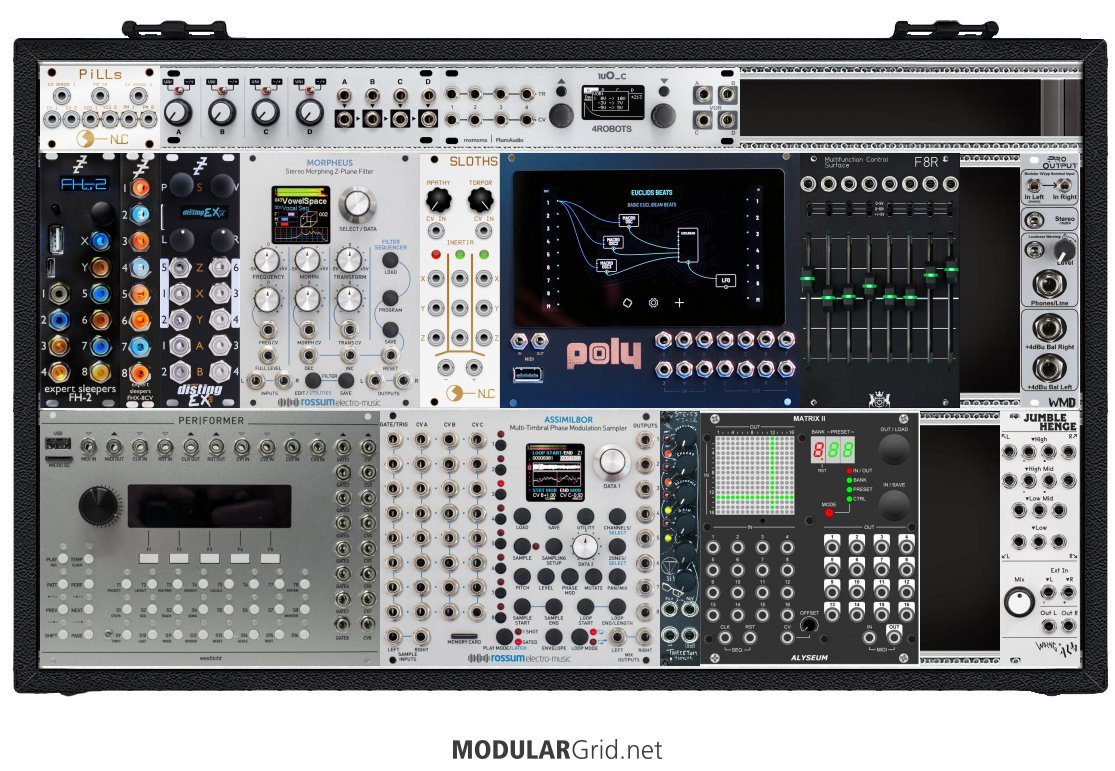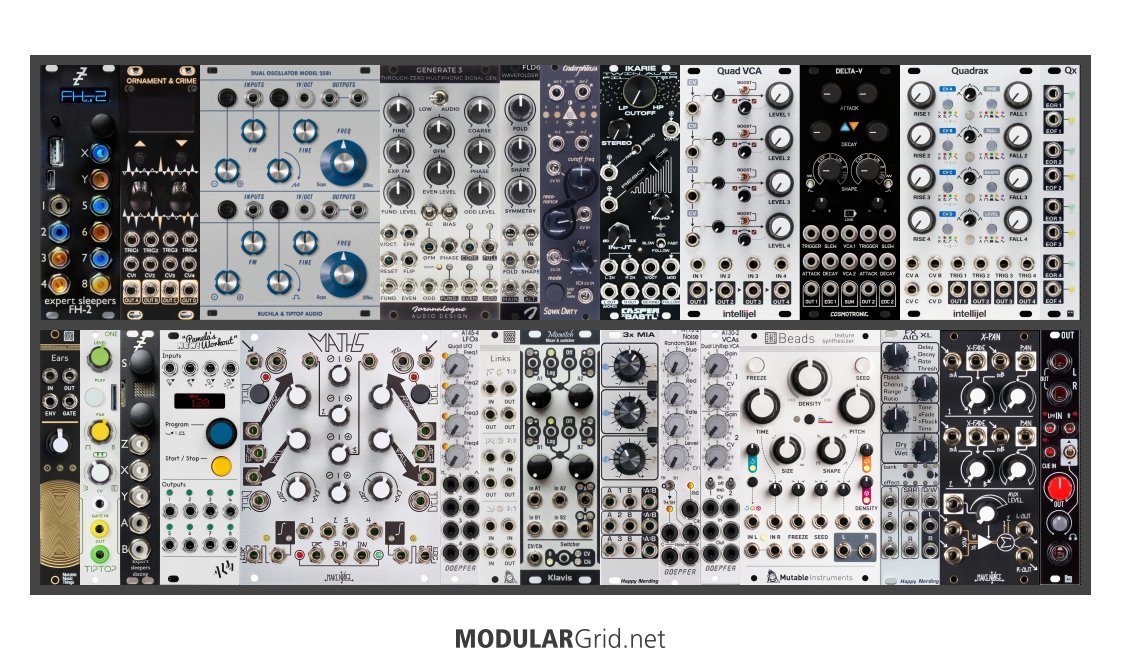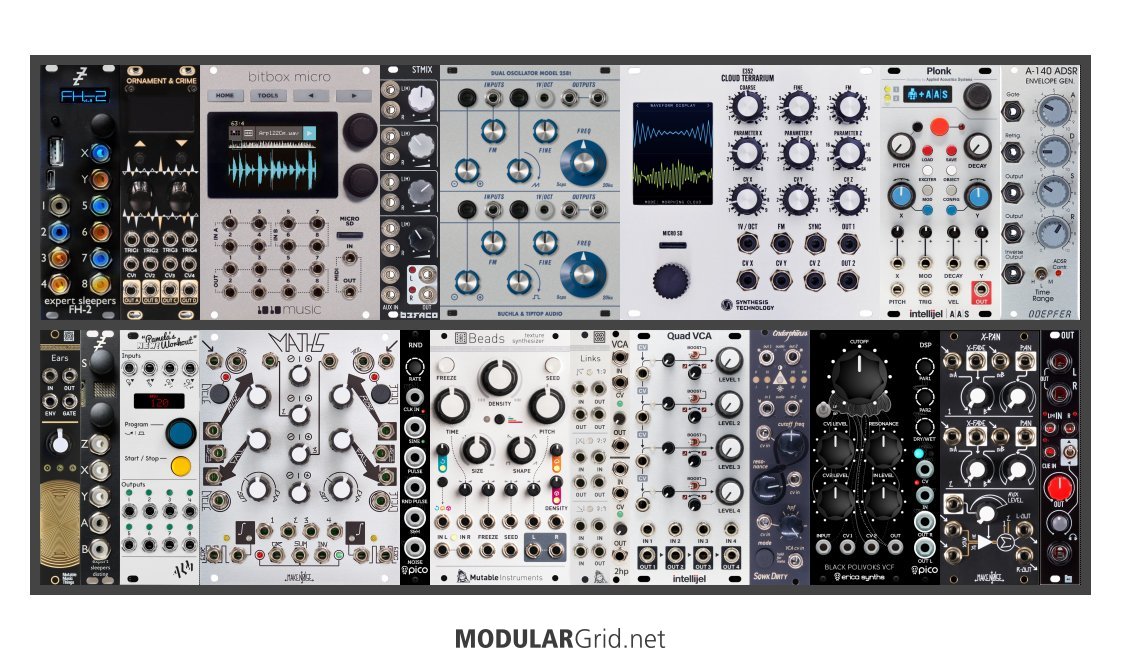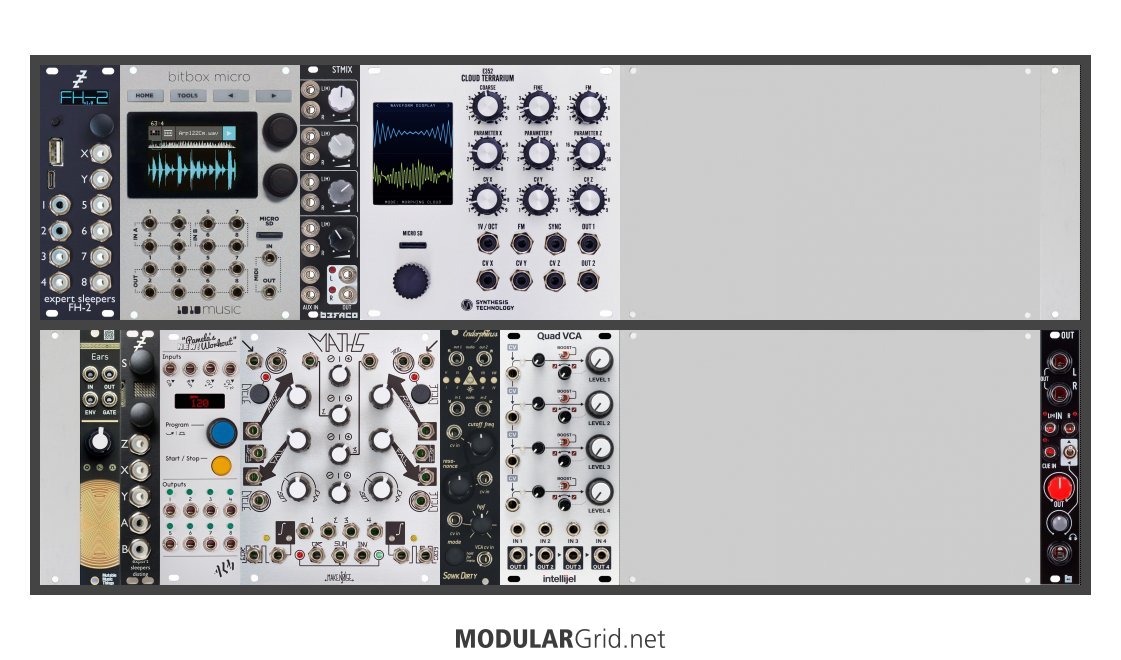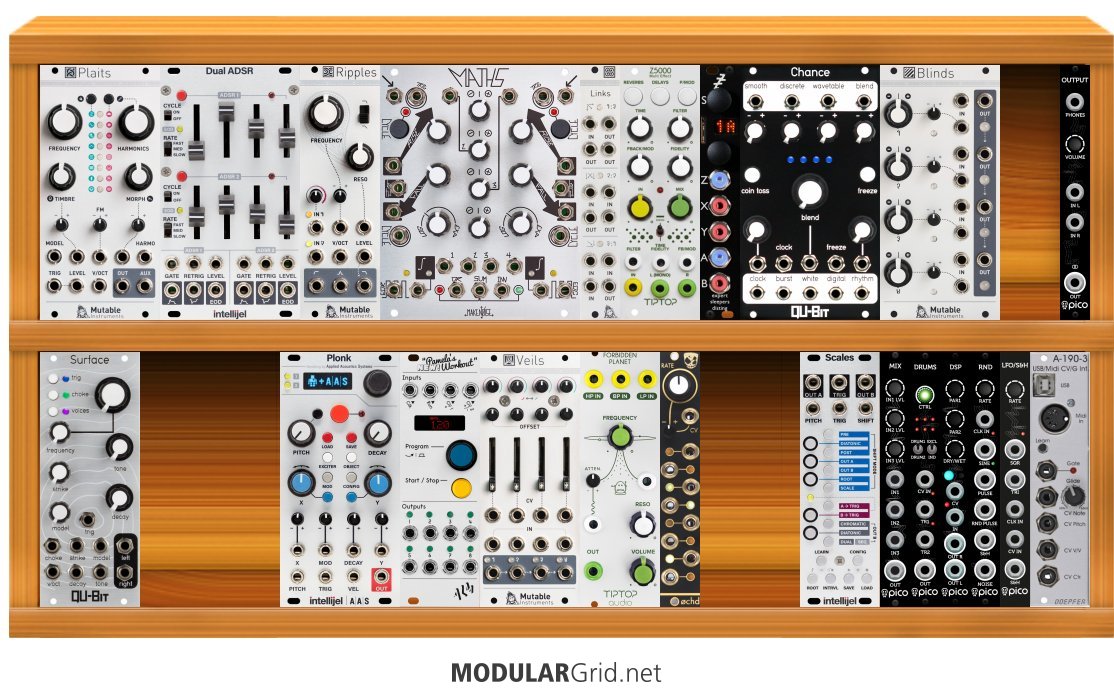Hi,
Yeah i had not realized that with the erica sythns so am taking it out. I wanted a module to hook up mi DAW to the rack that would take on midi and convert that to use inside the rack.
I would be wary of the doepfer that you have replaced it with - most doepfer modules rock - but their midi modules don't
Also I have a beat step pro to use as standalone with the rack.
I added befaco because where i live i cant get the Maths.
do you live on the moon? make noise are slowly getting back to business - so if there is a make noise dealer anywhere on the continent you live on then you should be able to get one at some point - I'd suggest Maths too over the rampage - particularly because of the 'maths illustrated supplement' which is a fantastic primer for modular patching
be wary of any small 2-4hp modules - they can be particularly unergonomic and so frustrating to play with
do you really need an output module? chances are you don't, but it really depends on what you're intending on sending the output to...
I would suggest a good cascading vca module - either a triple (happy nerding 3*VCA) or quad (mutable instruments veils or intiellijel quad vca) as an investment for the future, that you need asap and almost definitely more than an output module or random or a 2hp mix... nb cascading means it will act as a mixer as well as x number of vcas
"some of the best base-level info to remember can be found in Jim's sigfile" @Lugia
Utility modules are the dull polish that makes the shiny modules actually shine!!!
sound sources < sound modifiers < modulation sources < utilities

